998 Fifth Avenue: Review and Ratings
between East 81st Street & East 82nd Street View Full Building Profile
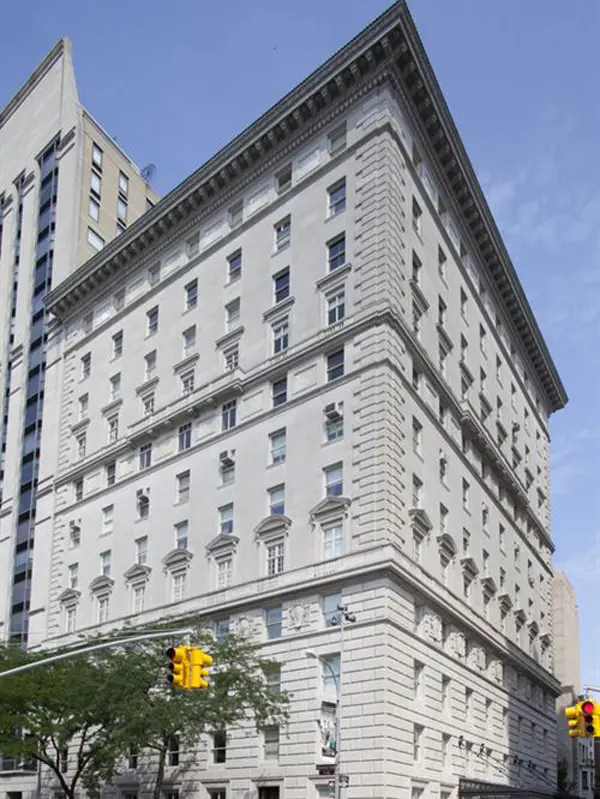

One of the world’s grandest apartment buildings, 998 Fifth Avenue on the northeast corner at 81st Street was designed by McKim, Mead & White, the architectural firm that designed the Pennsylvania Station that was demolished in 1964.
An inflated Italian Renaissance-style palazzo structure, the building would delight the Medicis and is widely credited with convincing New York’s very rich that apartments were acceptable habitats.
"At the time 998 was built, apartment house living had not yet been widely accepted by the very wealthy, but as The Real Estate Record noted, 998 helped to change the ’deep-seated repugnance’ that ’families of high social position’ had for apartments," noted Andrew S. Dolkart in his book, "Touring the Upper East Side, Walks in Five Historic Districts," published in 1995 by the New York Landmarks Conservancy.
“The interior design of 998 provided three apartments for every two stories, which added up to six duplexes, located in the advantaged southern corner, and eleven seventeen-room simplexes," wrote Elizabeth Hawes in her book, "New York, New York, How the Apartment House Transformed the Life of the City (1869-1930)," Henry Holt and Company, 1993.
The building, which was erected in 1912, was converted to a cooperative in 1953. It has 18 apartments.
Bottom Line
The building is an extremely elegant masterpiece that outdoes its historical ancestors, the Florentine palazzi. Its rhythms beat a remarkable pattern of perfect proportions and deep detail, crowned by a necklace of large colored marble plaques on its top floor beneath its noble cornice.
The building, which is across the avenue from the Metropolitan Museum, has an imposing marquee entrance on a quiet sidestreet.
Description
In 1974, the city’s Landmarks Preservation Commission described it as the city’s "finest Italian Renaissance-style apartment house."
Although only 12 stories tall, its limestone rustication, yellow Sienna marble panels on the 8th and 12th floors and large cornice topped by a pitched, cooper roof convey a marvelous sense of monumentality.
Almost square, the building has a large center court on which only servants and service rooms faced, but the court was lined with stone rather than brick to improve the view.
"The lobby was lined in Italian marble, the halls were floored in durable Tennessee marble (like Grand Central Terminal), and the elevators were paneled in French walnut, according to Ms. Hawes.
Amenities
Andrew Alpern noted in his book, "Historic Manhattan Apartment Houses," (Dover Publications, Inc., 1996), that the building has a "central vacuum-cleaning system, jewelry and silver safes anchored in the walls of each apartment, remote laundries with ventilated steam-drying devices, basement storage rooms, refrigerated wine cellars and additional servants’ quarters of the roof."
The handsome, large marquee over the sidestreet entrance still exists, although it has lost some of its decorative elements as Alpern noted and illustrated in his book.
The building has a doorman and a basement storage, but no health club, no garage and no sundeck.
Apartments
Some doors throughout all apartments were framed in marble, and each front door was fireproofed with a sheet of galvanized steel that was painted to simulate fine wood.
Ceilings measure ten and a half feet high, except on the fifth floor, where they are a foot higher,” according to Ms. Hawes.
Apartment 3/4E is a five-bedroom duplex with a 27-foot-long entrance gallery on the lower level that leads to a 27-foot-long drawing room with a fireplace, a 28-foot-lonng library, 22-foot-long dining room and a 27-foot-long kitchen on the lower level that also has an 11-foot-long laundry, a 11-foot-long staff room and an 11-foot-long bedroom. The upper level has a 27-foot-long gallery and four bedrooms.
Apartment 5/6E is a duplex with a 27-foot-long entrance gallery on the lower level that leads to a 33-foot-long corner living room with a fireplace next to a 22-foot-long dining room with a fireplace next to a 9-foot-long pantry and a 26-foot-long kitchen. The upper level has an 18-foot-long gallery, a 20-foot-long library and three bedrooms.
Apartment 5W has a small entry foyer adjacent to a 36-foot-long reception room that leads to a 38-foot-long living room with a fireplace that opens onto a 25-foot-long corner dining room with a fireplace off a 26-foot-long kitchen. The apartment, which wraps around three sides the building’s center court, also has a 16-foot-long den, a 19-foot-long sitting room, five bedrooms, and a 12-foot-long staff room.
The maisonette facing Fifth Avenue on the ground floor is a four-bedroom unit with a 32-foot-great room facing the courtyard that leads to a 42-foot-long living/dining room off a 28-foot-long kitchen with an office alcove.
History
In his book, “The City Observed, New York, A Guide to the Architecture of Manhattan,” Paul Goldberger wrote that “Fifth Avenue consisted mostly of mansions when No. 998 was built, and it must have been though something of an intruder: apartments houses were still not considered welcome I he districts occupied by he very rich. But the design of W. S. Richardson of the McKim, Mead & White firm not only brought the occupants of this building the sort of luxury and space that townhouses provided, but brought to the streetscape every bit of the design skill shown by the best Fifth Avenue mansions. No. 998 is an Italian Renaissance palazzo, blown up to the side of an apartment house but scaled carefully to relate to what is around it. Much as Charles McKim did in the design for the University Club…, the façade of No. 998 is divided into three horizontal sections to reduce the scale – a heavy base of rusticated stone, and then tow midsections separated by ornamental plaques and balustrades. An elaborate cornice tops the building off. This is not, however, by any definition a delicate or a modest building. The great iron-and-glass canopy, which makes for as imposing an entrance as in any apartment building in Manhattan, alone would assure that. No, No. 998 is formal, grand and imposing. What it is not – and here is the real sign of design skill – is intimidating.”
Stanford White, the legendary partner of the architectural firm, had been killed a few years before this project, but the firm obviously still had plenty of genius left and William Richardson, a partner in the firm, was responsible for this design.
When it opened as a rental in 1912, the building stood as an isolated and not necessarily popular tower along Millionaire’s Row on the avenue until Douglas I. Elliman, the rental agent in his older brother’s real estate firm, Pease & Elliman, convinced Senator Elihu Root to move from his Park Avenue home at 71st Street by reducing his rent from $25,000 a year to $15,000.
In another book, “New York’s Fabulous Luxury Apartments with Original Floor Plans from the Dakota, River House, Olympic tower and Other Great Buildings,” Mr. Alpern noted that “998 was designed to cater to the needs of men who had always owned spacious town houses but who were concern about the rising costs of maintaining them.” “At first,” he continued, “renting was slow, the monied classes being reluctant to share a roof with others, even of their own kind.
After loss-leader Root signed up, the building filled quickly with such residents as Murray Guggenheim, former U.S. Vice President Levi P. Morton and a granddaughter of Commodore Cornelius Vanderbilt.
The building was developed on a site that had been owned by August Belmont II, the financier who was involved in building subways, by Century Holding Company, headed by lawyers Charles R. Fleischmann and James T. Lee.


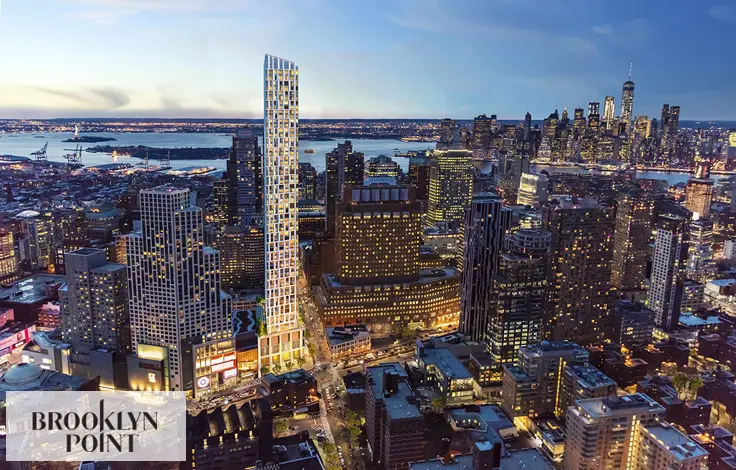

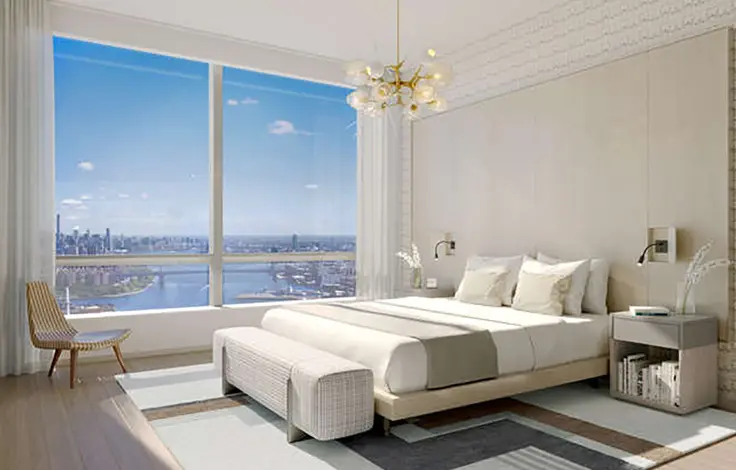
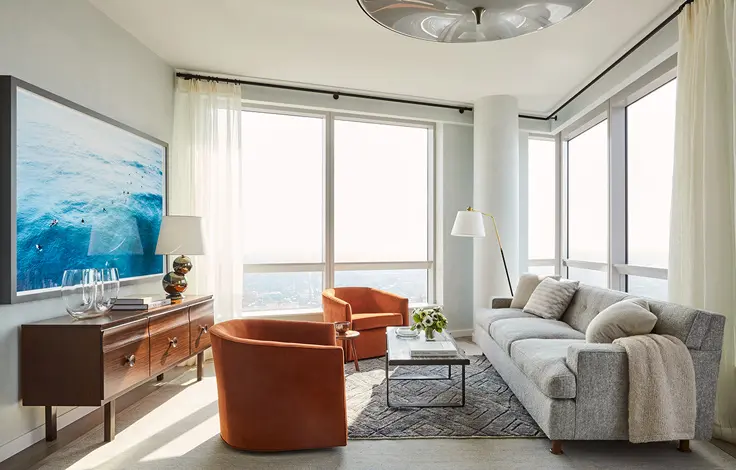
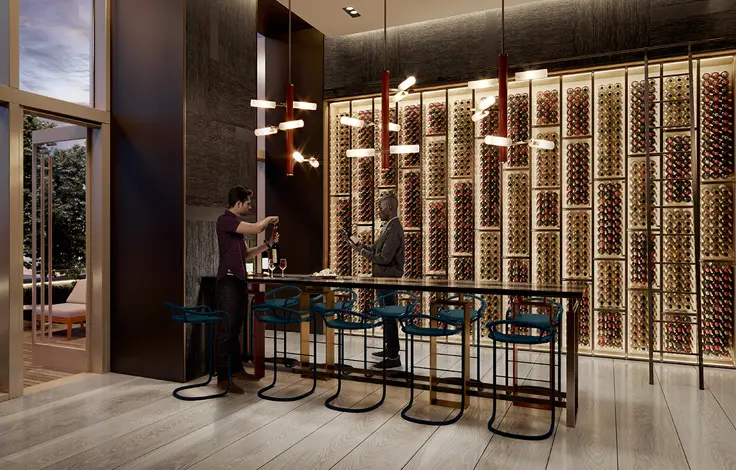
 6sqft delivers the latest on real estate, architecture, and design, straight from New York City.
6sqft delivers the latest on real estate, architecture, and design, straight from New York City.
